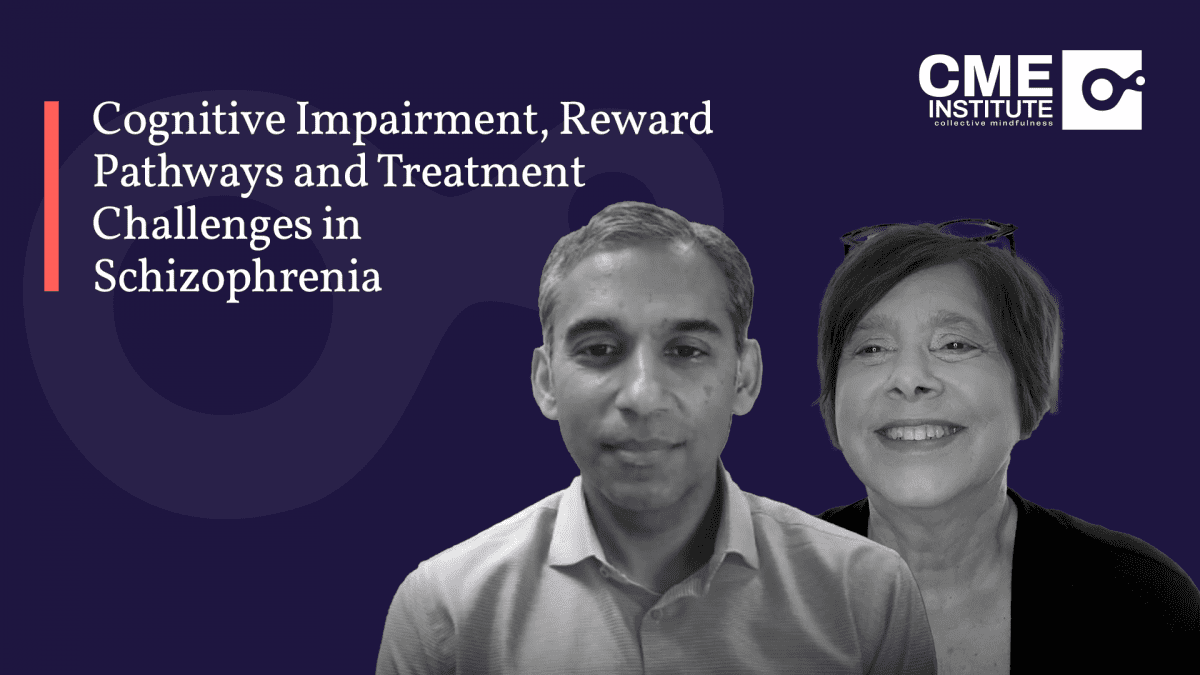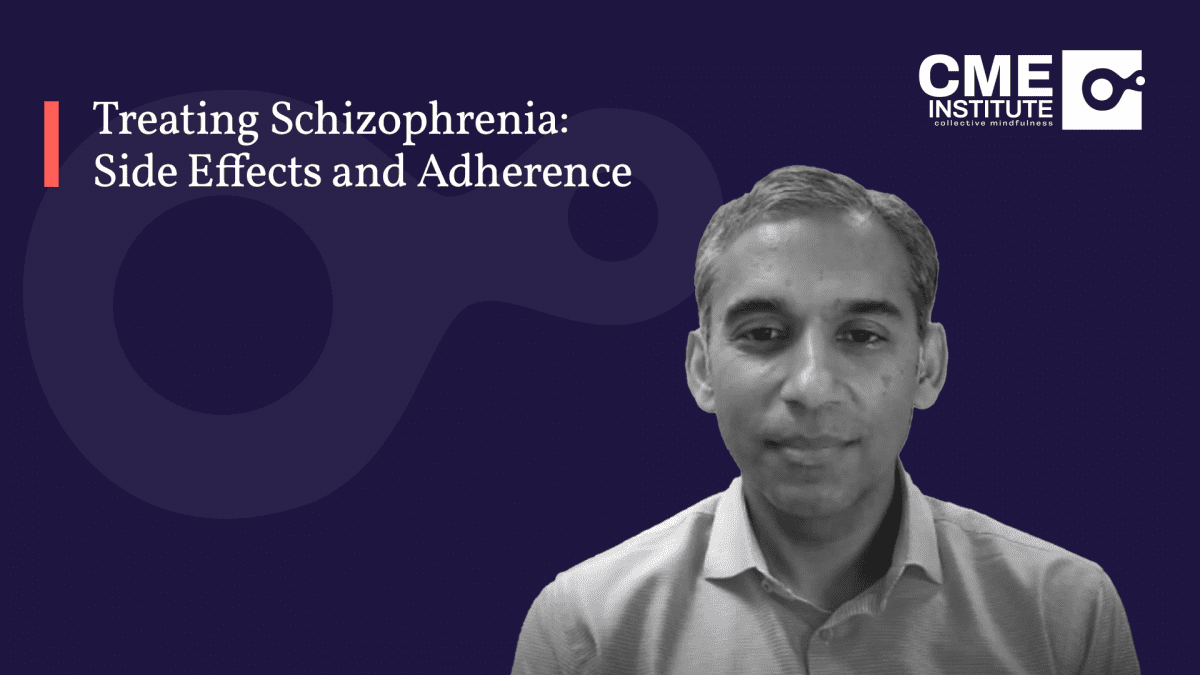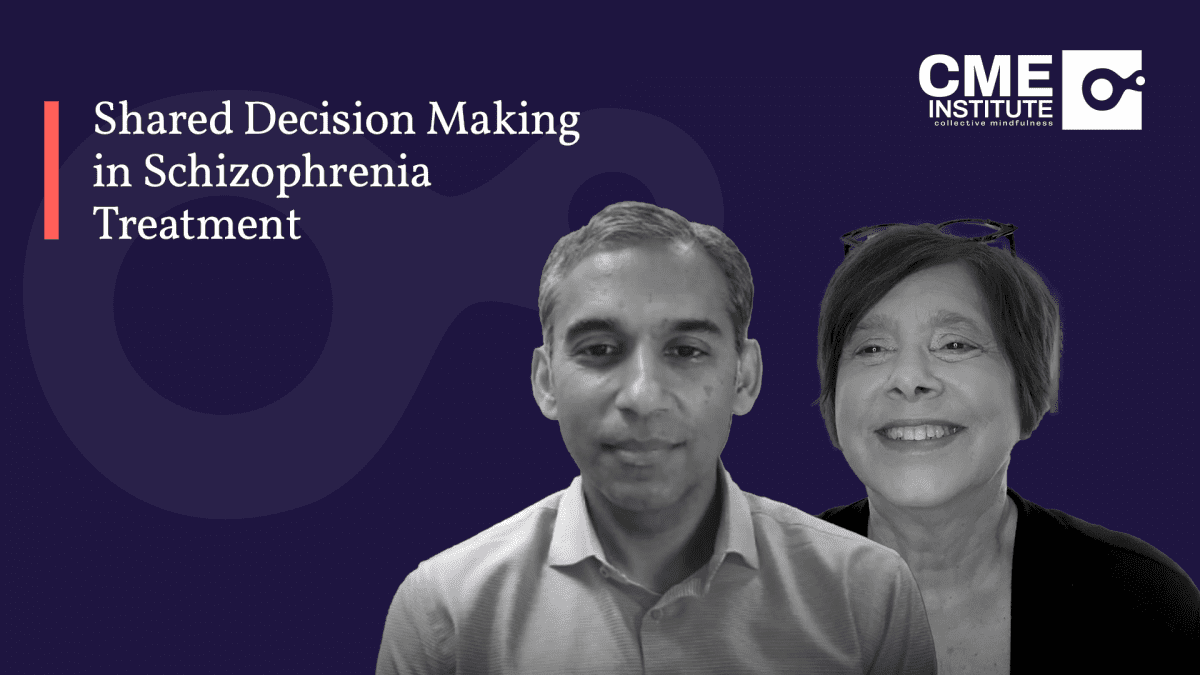https://youtu.be/oG5Siu6iBIg
Balancing and optimizing safety and efficacy when treating patients with schizophrenia can be challenging. New approaches to treatment may impact symptoms more effectively and contribute to better adherence. Sequencing, using injectables, starting with different monotherapies, or creating new combinations of therapies are some approaches that could better address symptoms and bothersome side effects.
Presented by the CME Institute of Physicians Postgraduate Press, Inc. and supported by educational grants from Alkermes, Inc. and Sunovion Pharmaceuticals, Inc.
YOU MAY ALSO BE INTERESTED IN THESE CME INSTITUTE ACTIVITIES








